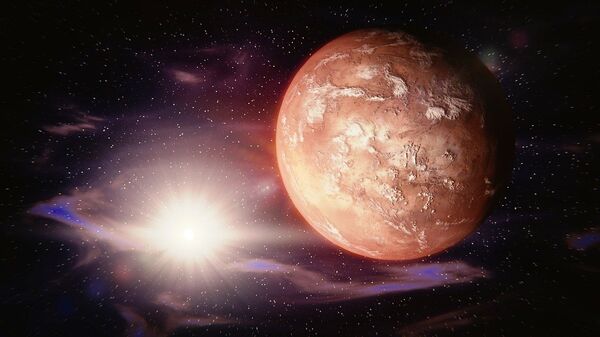The leaked paper, titled, "Measurement of Impulsive Thrust From a Closed Radio Frequency Cavity in Vacum," shows that the controversial propulsion system really does work and is capable of generating thrust in a vacuum.
Leaked paper suggests EM Drive tested by NASA actually works https://t.co/x95d5AwvCv
— The Register (@TheRegister) 9 November 2016
The EM Drive, an electricity producing space drive, has been a popular issue as it offers the possibility of a fuel-free propulsion system that could potentially take humanity to Mars in just 70 days. However, it has always been discounted as it goes against the laws of physics.
But the EM Drive works without any fuel or propellants, it works by simply bouncing microwave photons back and forth inside a cone-shaped closed metal cavity. This motion leads the EM Drive to generate thrust and propel the drive in the opposite direction.
The drive has always been a controversial issue, for years it has been questioned and debated. On paper it shouldn't work as it goes against the laws of physics.
However last year, NASA decided to test the EM Drive and its components to see if it could work. The results in this newly leaked scientific paper appear to show that actually, it could work.
However the paper has mentioned some challenges, the EM Drive generates 1.2 millinewtons per kilowatt in a vacuum. This may be considered an insignificant amount. The Hall Thruster, generates force of 60 millinewtons per kilowat, however it does use a spacecraft to carry heavy propellants, the NASA paper states.
So where does this leave the EM Drive system?
The version that has been leaked has not been published in an academic paper, so there is no certainty that it has been peer-reviewed. So there has been no external verification of the paper, only researchers carrying out a series of tests on the Drive.
It is highly likely that further tests will need to take place.



